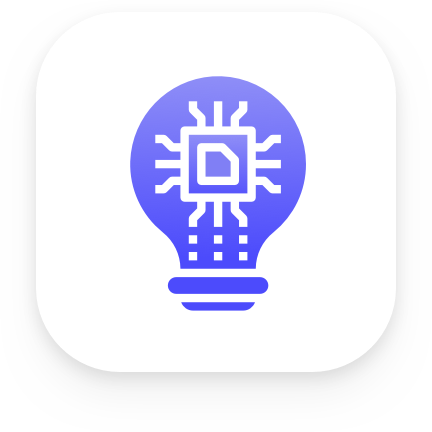Comments
There's unfortunately not much to read here yet...
Text-to-image synthesis refers to computational methods which translate human written textual descriptions, in the form of keywords or sentences, into images with similar semantic meaning to the text. In earlier research, image synthesis relied mainly on word to image correlation analysis combined with supervised methods to find best alignment of the visual content matching to the text. Recent progress in deep learning (DL) has brought a new set of unsupervised deep learning methods, particularly deep generative models which are able to generate realistic visual images using suitably trained neural network models. In this paper, we review the most recent development in the text-to-image synthesis research domain. Our survey first introduces image synthesis and its challenges, and then reviews key concepts such as generative adversarial networks (GANs) and deep convolutional encoder-decoder neural networks (DCNN). After that, we propose a taxonomy to summarize GAN based text-to-image synthesis into four major categories: Semantic Enhancement GANs, Resolution Enhancement GANs, Diversity Enhancement GANS, and Motion Enhancement GANs. We elaborate the main objective of each group, and further review typical GAN architectures in each group. The taxonomy and the review outline the techniques and the evolution of different approaches, and eventually provide a clear roadmap to summarize the list of contemporaneous solutions that utilize GANs and DCNNs to generate enthralling results in categories such as human faces, birds, flowers, room interiors, object reconstruction from edge maps (games) etc. The survey will conclude with a comparison of the proposed solutions, challenges that remain unresolved, and future developments in the text-to-image synthesis domain.
There's unfortunately not much to read here yet...
Ever having issues keeping up with everything that's going on in Machine Learning? That's where we help. We're sending out a weekly digest, highlighting the Best of Machine Learning.
 Best of Machine Learning
Best of Machine Learning
Discover the best guides, books, papers and news in Machine Learning, once per week.